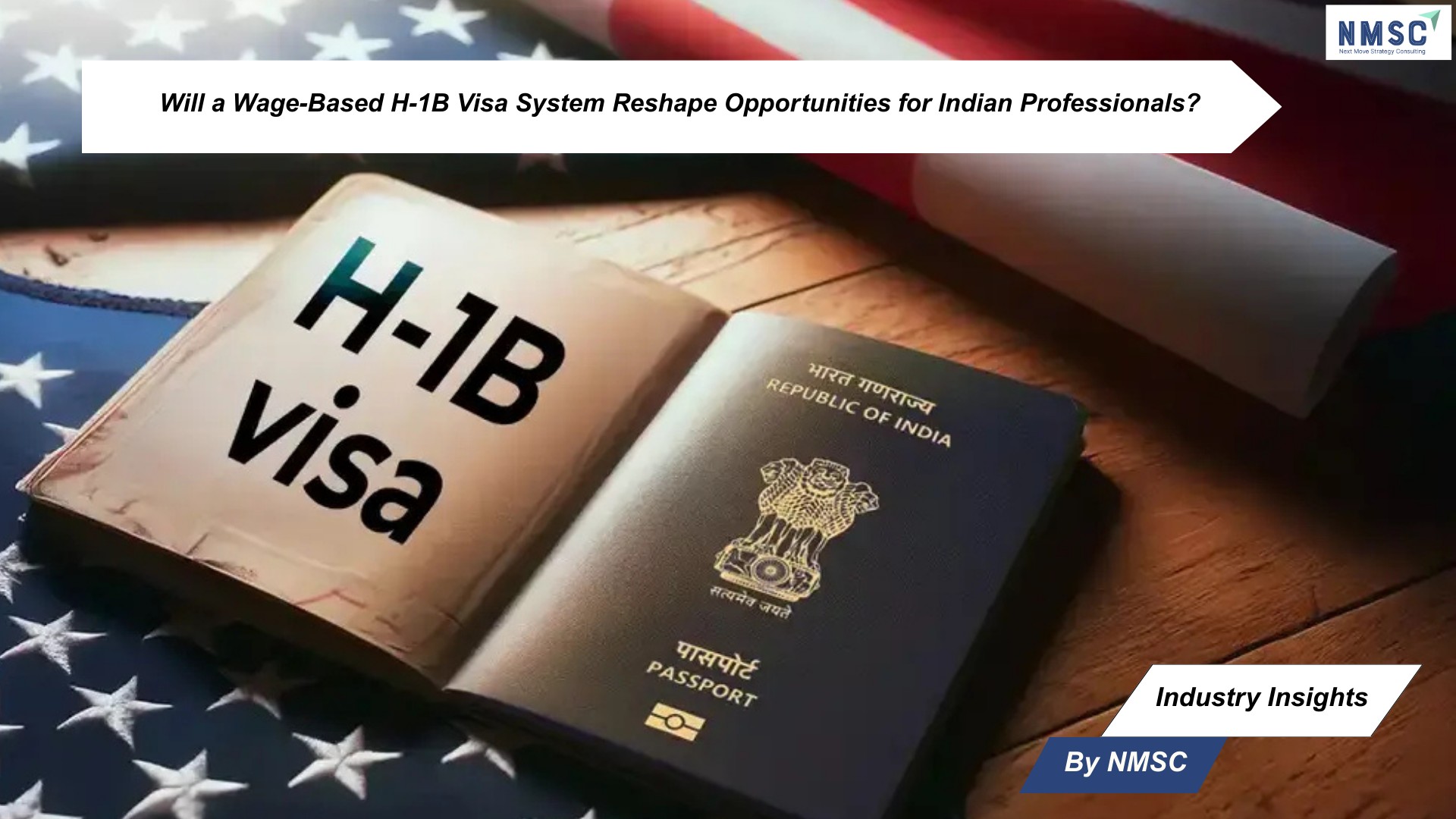Will a Wage-Based H-1B Visa System Reshape Opportunities for Indian Professionals?
Published: 2025-08-14

A Pivotal Shift in H-1B Visa Allocation?
The White House has greenlit a transformative change to the H-1B visa program, potentially replacing the current lottery system with a wage-based selection process. Approved by the Office of Information and Regulatory Affairs on August 8, the measure is now under review by US Citizenship and Immigration Services (USCIS). Classified as economically significant with global implications, this proposed regulation could redefine how specialty occupation visas are awarded, particularly impacting Indian professionals who dominate the program.
How Will the Wage-Based System Work?
The existing H-1B lottery, used when applications exceed the annual cap of 85,000 visas (65,000 for regular applicants and 20,000 for those with a US master’s degree or higher), may soon be replaced by a system prioritizing petitions based on wage levels. Drawing from a 2021 Department of Homeland Security rule, the new approach would rank applications by salary, starting with Level 4 (highly specialized, senior workers) and descending to Level 1 (entry-level pay). This shift aims to prioritize high-skilled, high-earning professionals but could disadvantage fresh graduates or those in lower-wage roles.
What Does This Mean for Indian Professionals?
With Indian nationals securing approximately 191,000 H-1B visas in FY 2023 and 207,000 in FY 2024, India remains the program’s largest beneficiary, particularly in the technology sector. However, a wage-based system could significantly alter career planning for Indian students and professionals. “It will almost certainly influence how Indian students and professionals plan their careers,” said Husain Tinwala, president of upGrad Rekrut. “If the system favors STEM roles, US degrees, or higher-paying jobs, we’ll see a clear shift in demand toward certain academic paths, institutions, and employers.”
Could Big Firms Gain While Startups Lose?
The proposed system may tilt the playing field toward large corporations. “If the selection process prioritizes employer size or wage levels, large corporations could dominate the pool,” Tinwala noted. Startups and nonprofits, often operating on tighter budgets, may struggle to secure visas for global talent, potentially stifling innovation and diversity in the US workforce. Additionally, stricter US visa policies could push skilled Indians toward countries like Canada or Europe, which offer more streamlined, merit-driven immigration systems.
Is This a Step Toward High-Skilled Immigration?
Originally proposed during Donald Trump’s first term, the wage-based system was intended to attract top-tier talent but faced pushback from business and immigration groups for potentially narrowing the applicant pool. The Biden administration withdrew the measure in 2021, but its revival signals a renewed focus on prioritizing high-wage, high-skill workers. As the regulation awaits finalization, its impact on global talent flows and the US workforce remains a critical point of discussion.
What Lies Ahead for the H-1B Program?
As the USCIS reviews the regulation, the shift to a wage-based H-1B system could reshape the landscape for Indian professionals and US employers alike. With potential advantages for large firms and challenges for smaller organizations, the change may also influence where global talent chooses to build their careers. As Tinwala warned, “If the US process becomes harder to predict, highly skilled talent will simply go where they feel more welcome.”
Prepared by: Next Move Strategy Consulting
















Add Comment